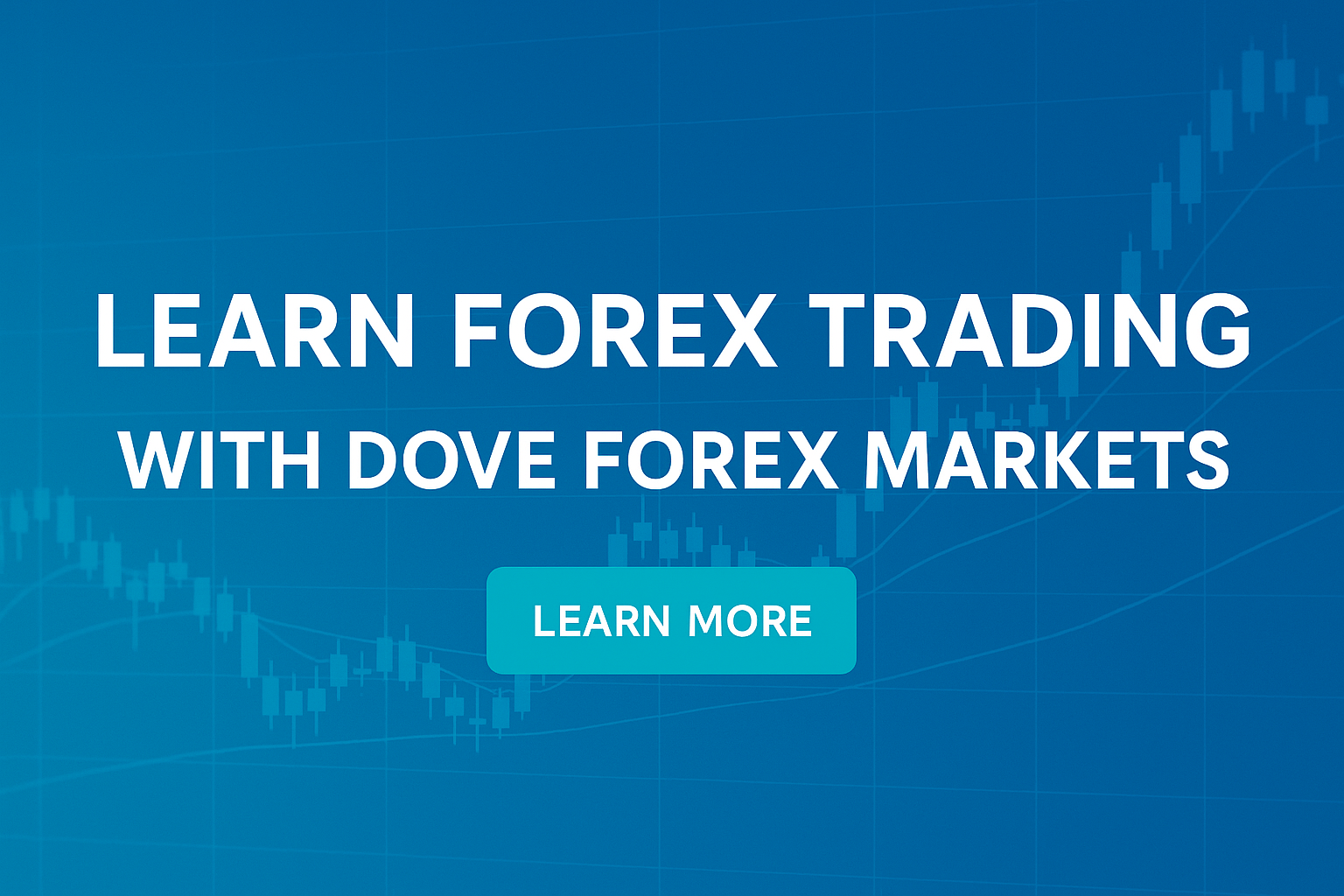📘 Day 3 – Article 3: Fundamental Drivers in Forex
When it comes to Forex trading, most beginners focus only on charts and patterns — that’s called technical analysis. But the other side of the market, fundamental analysis, is equally powerful.
Fundamental analysis helps you understand why the market is moving — and often explains large price movements that technical tools alone can’t predict.
Let’s look at the core fundamental drivers that move currency prices: economic indicators, central bank policies, and major news events.
📊 1. Economic Indicators: The Market’s Report Card
Currencies represent economies. So when a country releases strong or weak economic data, its currency is directly affected. These key numbers are called economic indicators, and they’re released regularly — daily, weekly, or monthly — by governments and financial institutions.
Here are a few major indicators every Forex trader should know:
🔹 GDP (Gross Domestic Product)
Measures the total economic output of a country.
A rising GDP means economic growth → currency may strengthen.
A falling GDP suggests weakness → currency may drop.
🔹 NFP (Non-Farm Payrolls) — USA only
Measures job creation in the U.S., excluding farming.
Released on the first Friday of each month — it’s a big deal.
A strong NFP usually boosts the USD; a weak one often causes it to fall.
🔹 CPI (Consumer Price Index)
Measures inflation by tracking changes in prices of goods/services.
High CPI = rising inflation = central banks may raise rates (which can strengthen the currency).
Low CPI = weak inflation = rate cuts may follow (can weaken the currency).
Other helpful indicators: Unemployment rate, retail sales, manufacturing PMI, and trade balance. Each of these plays a role in market expectations and currency value.
🧠 Pro Tip: Use a Forex economic calendar (like the one on Forex Factory or Myfxbook) to stay informed about upcoming releases.
🏦 2. Central Banks and Interest Rates
Central banks control monetary policy — and they are among the strongest forces in the Forex market. Every currency is backed by a central bank, like:
USD → U.S. Federal Reserve (Fed)
EUR → European Central Bank (ECB)
GBP → Bank of England (BoE)
JPY → Bank of Japan (BoJ)
🔥 The Main Tool: Interest Rates
Interest rates determine how expensive or cheap it is to borrow money in an economy. Central banks raise interest rates to fight inflation and cut them to stimulate growth.
💡 Here's how interest rates affect Forex:
📈 Higher rates = stronger currency
(Investors seek higher returns — money flows into that currency)
📉 Lower rates = weaker currency
(Less attractive for investors — capital may leave)
Central Bank Announcements:
When central banks announce changes or even hint at future moves (this is called forward guidance), it can cause sharp moves in the market. Traders react instantly, especially in major currencies like USD, EUR, GBP, or JPY.
🧠 Pro Tip: Even if interest rates don’t change, the tone of the speech (hawkish or dovish) can move the market. Learn to listen between the lines.
📰 3. News Events and Market Impact
Sometimes the market moves wildly within minutes — that’s often because of news events. News brings new information, and traders quickly adjust their positions based on it.
Key News Events That Impact Forex:
Central bank press conferences
Political elections or instability
Natural disasters or global health issues (e.g., pandemics)
Trade deals or tensions between countries
Unexpected economic data releases
⚠️ During news events, spreads can widen, and price can move fast — even “slip” past your stop loss. This is called slippage, and it’s common during high-volatility moments.
How to Handle News Trading as a Beginner:
Don’t jump into trades blindly before news — it’s risky.
Learn to wait after the news spike settles and the market picks a direction.
Use smaller lot sizes or stay on the sidelines until you gain more experience.
📌 You don’t need to trade every news event. Just be aware of them — so you’re never caught off guard.
✅ Conclusion
Fundamental analysis is about understanding the real-world events that influence currency values. As a Forex trader, you should always be aware of:
Economic indicators that report on a country’s performance.
Central bank decisions and how they manage interest rates.
Breaking news that can cause sudden volatility in the market.
Combining fundamental awareness with technical analysis will help you become a smarter, more prepared trader. Know what’s moving the market — and you’ll never be left guessing again.
💬 Chat with us directly for support: https://t.me/forexchats
🌐 Recommended broker we trust and use: https://affs.click/546Aa — Get started today with excellent spreads, fast execution, and reliable support.


Comments (0)